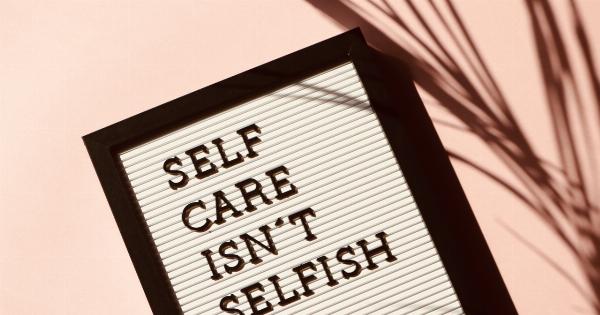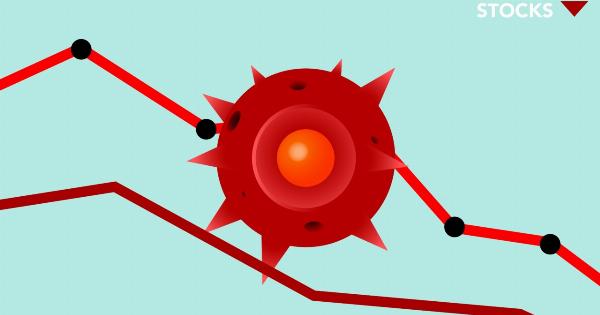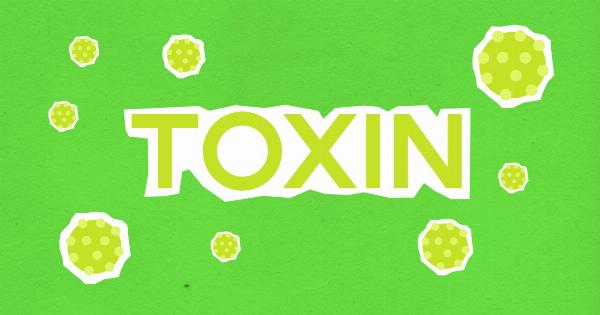When we think of strokes, we often envision severe consequences such as paralysis or speech difficulties.
However, there is a less well-known type of stroke, known as a lightweight stroke, that can have subtle effects on a person’s health and well-being. Lightweight strokes, also referred to as micro-strokes or mini-strokes, occur when there is a temporary disruption of blood flow to a specific area of the brain.
Recognizing the signs
One of the challenges with lightweight strokes is that they may go unnoticed or be mistaken for other less serious conditions. Understanding the signs and symptoms can help with early detection and treatment.
Some common signs of a lightweight stroke include:.
- Weakness or numbness on one side of the body
- Temporary loss of vision in one eye
- Dizziness or difficulty with balance
- Confusion or trouble speaking or understanding speech
- Sudden severe headache
If you or someone you know experiences these symptoms, it’s crucial to seek medical attention immediately, as even lightweight strokes can be a warning sign of a more significant stroke risk.
The hidden impact on mental health
While lightweight strokes may not result in the same level of physical impairment as severe strokes, they can have a lasting impact on a person’s mental health.
Research has shown that even minor strokes can increase the risk of developing conditions such as depression and anxiety.
One reason for this correlation is the sudden disruption of normal brain function. Lightweight strokes can affect areas of the brain responsible for regulating emotions, leading to changes in mood and behavior.
Additionally, the fear and uncertainty associated with experiencing a stroke, however mild, can contribute to increased stress and anxiety.
Long-term cognitive effects
Another subtle yet significant impact of lightweight strokes is their effect on cognitive function. Even though the symptoms may be temporary and resolve quickly, the brain is still affected by the disruption of blood flow.
Studies have shown that lightweight strokes can impair cognitive abilities such as memory, attention, and problem-solving. This can have an impact on daily activities, work, and overall quality of life.
Individuals who have experienced a lightweight stroke may find it challenging to concentrate or remember information, which can lead to frustration and decreased confidence.
Reducing future stroke risk
While it may be difficult to completely eliminate the risk of lightweight strokes, there are steps individuals can take to reduce their chances of experiencing another stroke in the future:.
- Managing underlying health conditions: Conditions such as high blood pressure, high cholesterol, and diabetes can increase the risk of strokes. Proper management of these conditions through medication, lifestyle changes, and regular check-ups can significantly reduce the likelihood of future strokes.
- Adopting a healthy lifestyle: Regular exercise, a balanced diet, moderate alcohol consumption, and avoiding smoking are essential for overall cardiovascular health.
- Taking prescribed medication: If a doctor prescribes medication to manage specific stroke risk factors, such as blood-thinners or antiplatelet drugs, it is vital to take them as directed.
- Regular check-ups and screenings: Routine medical check-ups can help identify early warning signs and provide an opportunity for intervention before a significant stroke occurs.
- Creating a supportive environment: It is crucial for individuals who have experienced a lightweight stroke to establish a support network of healthcare professionals, family, and friends to help manage the emotional and physical challenges associated with stroke recovery.
The importance of education and awareness
Enhancing public knowledge about lightweight strokes is essential for early recognition and appropriate treatment.
By understanding the signs and symptoms, individuals can seek medical attention promptly, potentially preventing more severe strokes from occurring.
Education should encompass not only the physical aspects of strokes but also their subtle effects on mental health and cognitive function.
By acknowledging and addressing these subtler impacts, individuals who have experienced a lightweight stroke can be better supported in their recovery and overall well-being.





























